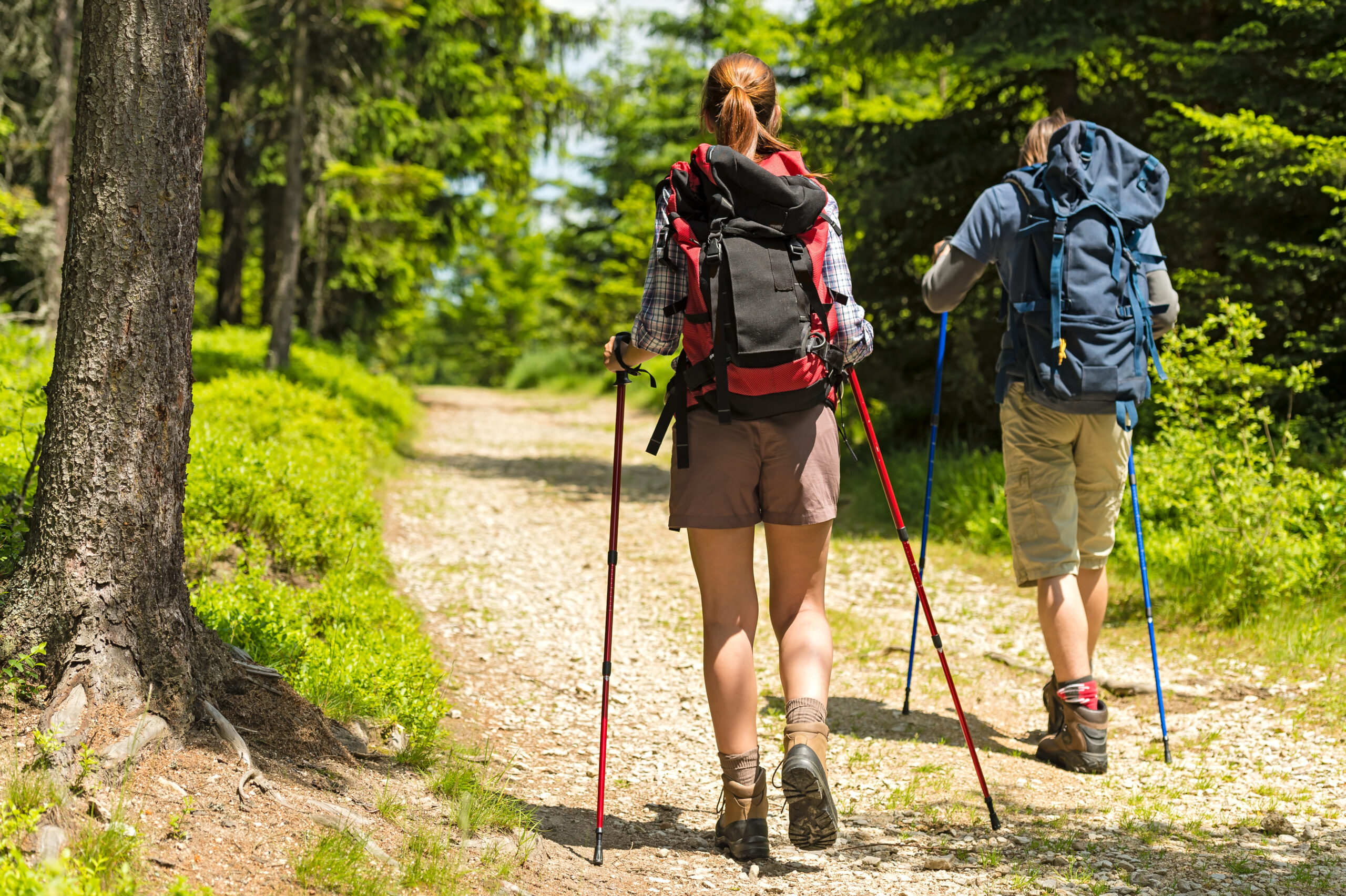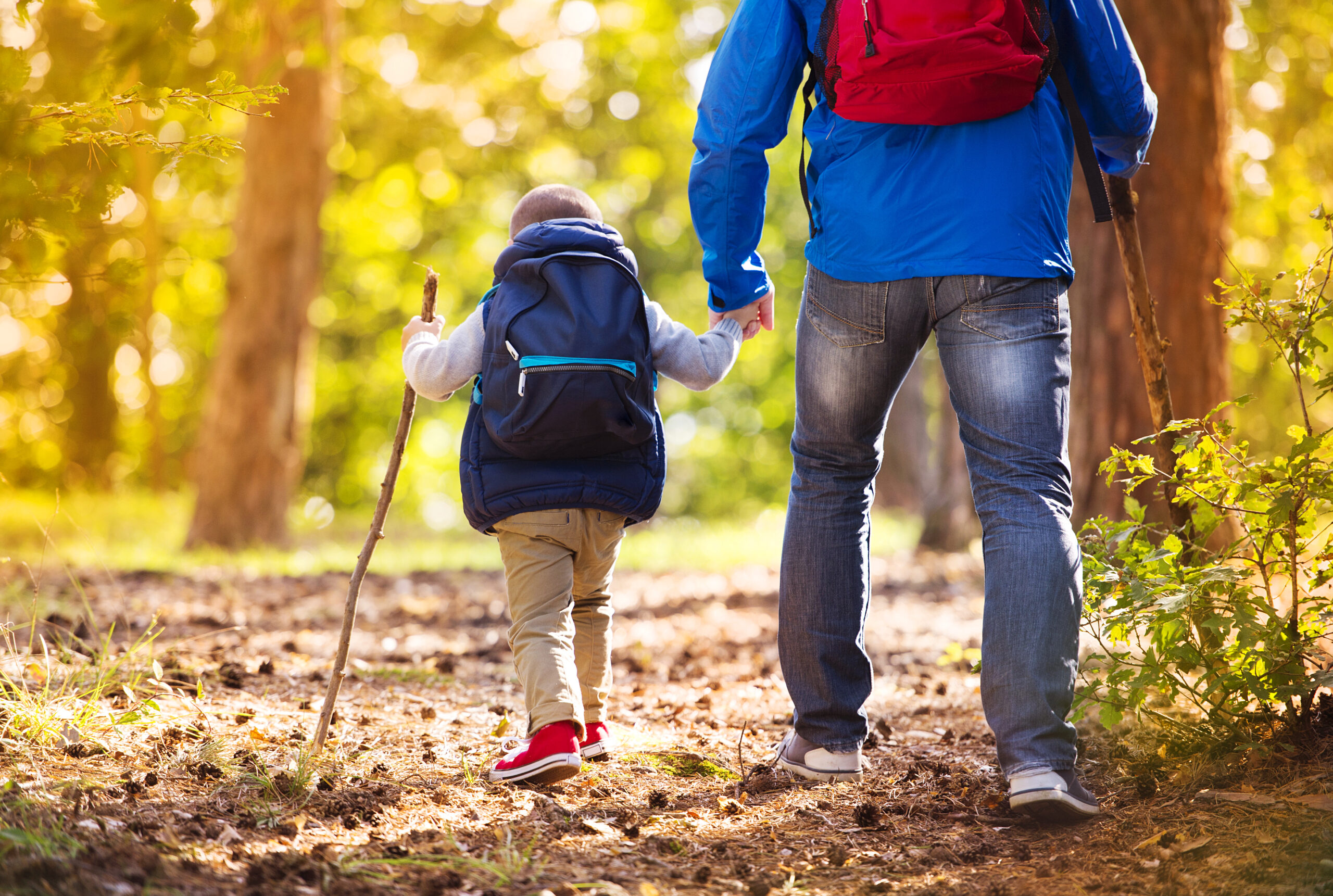Hiking is a great way to explore the outdoors and connect with nature. However, it’s essential that we do so in an eco-friendly manner to preserve our natural resources for future generations. In this blog post, we will share some tips on how you can reduce your impact on the environment while hiking.
Spring Hiking Tips: Get Ready for the Trail Ahead
As the weather warms up, it’s time to dust off those hiking boots and hit the trails! Here are some spring hiking tips to get you started:
1. Check the weather forecast before heading out. Spring weather can be unpredictable, so make sure you dress appropriately.
2. Bring plenty of water and snacks. You may not have access to food or drinks along the trail, especially if you’re hiking in a remote area.
3. Watch out for slippery surfaces. After rainfall, rocks and roots can become very slick. Take your time and use caution when navigating these areas.
Summer Hiking Tips: Stay Cool and Hydrated on the Trail
During the summer months, it’s crucial to stay cool and hydrated while hiking. Here are some tips to help you beat the heat:
1. Wear lightweight clothing made from breathable fabrics such as cotton or wicking materials like polyester.
2. Apply sunscreen regularly throughout the day to protect yourself from UV rays.
3. Drink plenty of fluids, even if you don’t feel thirsty. Dehydration can sneak up on you quickly in hot temperatures.
4. Consider hiking during the early morning or late afternoon hours when the temperature is cooler.
Winter Hiking Tips: Prepare for Cold Weather Conditions
If you love hiking year-round, here are some winter hiking tips to keep you safe and warm:
1. Dress in layers, including a moisture-wicking base layer, insulating middle layer, and waterproof outer shell.
2. Wear appropriate footwear with good grip and ankle support to prevent slips and falls on icy terrain.
3. Carry a headlamp or flashlight to navigate in low-light conditions.
4. Stay aware of changing weather patterns and adjust your plans accordingly.

Hiking Safety and Preparedness: Be Proactive, Not Reactive
Safety should always be a top priority when hiking. Follow these guidelines to ensure a safe and enjoyable experience:
1. Plan ahead by researching the trail conditions, difficulty level, and estimated duration.
2. Let someone know where you’ll be hiking and when you expect to return.
3. Pack appropriate safety gear such as a first aid kit, whistle, and emergency shelter.
4. Know your limits and hike within them. Don’t attempt challenging routes without proper training and conditioning.
5. Always follow Leave No Trace principles to minimize your impact on the environment.
Eco Friendly Hiking Tips: Leave No Trace Behind, Only Memories Ahead
Leaving no trace means leaving behind nothing but footprints and taking away only memories. Here are some ways to practice Leave No Trace principles while hiking:
1. Stay on designated trails to avoid damaging vegetation and eroding soil.
2. Pack out all trash, including food wrappers, plastic bottles, and cigarette butts.
3. Use biodegradable soap and toiletries to wash at campsites instead of using polluting chemicals.
4. Respect wildlife and their habitats by keeping a distance and avoiding loud noises and bright lights.
Conclusion: Takeaways from Our Eco-Friendly Hiking Guide
In conclusion, practicing Leave No Trace principles while hiking is essential to preserving our natural resources for future generations. By following these tips, you can reduce your impact on the environment and create memorable experiences in the great outdoors. So, lace up those hiking boots and hit the trail responsibly!






One thought on “Eco Friendly Hiking Tips: Leave No Trace Behind, Only Memories Ahead”
Comments are closed.